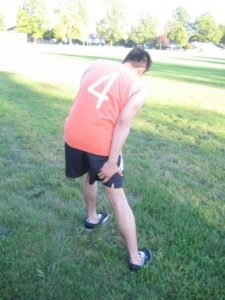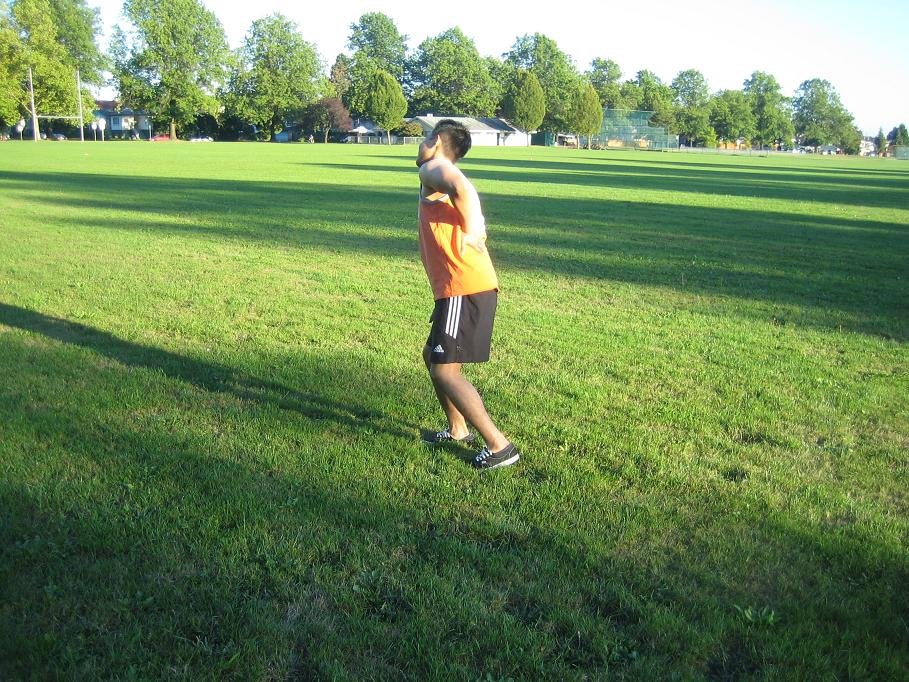Sciatica is described as pain triggered by irritation of the sciatic nerve. Generally, remember that anything that irritates the nerves can instigate pain that ranges from mild to severe. Furthermore, this is usually due to a crushed nerve root in the lumbar spine.
Generally, the sciatic nerve is the longest and widest nerve in the body. It runs from the lower back via the buttocks, down the legs and ending right beneath the knee. In addition, this nerve is responsible for controlling various lower leg muscles and supplies sensation to the skin of the foot and most of the lower leg.
What are the types of sciatica?
Acute (short-term)

This type of sciatica does not require medical treatment. Generally, over-the-counter pain medications along with warm and cold packs and exercise can drastically minimize the symptoms. Consequently, the pain usually lasts for 4-8 weeks.
Chronic (long-term)
This usually requires physical therapy which can include exercise, applied heat and other techniques. In rare instances, surgery might be necessary. Take note that this persists for 8 weeks or more.
Risk factors
The usual risk factors for sciatica include the following:
- Age – due to the deterioration that comes along with the aging process, those in their 30s and 40s face a higher risk
- Sedentary lifestyle – those who sit for extended periods and physically inactive
- Occupation – those that require lifting of heavy loads for prolonged periods
What are the indications?
Generally, the characteristic symptom of sciatica is shooting pain anywhere throughout the sciatic nerve. In addition, this pain can range from minimal soreness to piercing or severe discomfort and can be worsened by sitting for extended periods.
Other usual symptoms of sciatica include:
- Tingling sensation in the feet and toes
- Numbness in the leg along the nerve, usually in one part of the leg that can be accompanied by pain in a different site
Management
Acute
In most cases of the acute type, they respond well to self-care measures such as:
- Over-the-counter pain medications
- Exercises such as light stretching or walking
- Warm or cold compression packs
Chronic
Generally, for chronic cases, it involves a combination of self-care measures and medical care.
- The doctor might provide prescription pain medications such as amitriptyline, codeine and gabapentin often along with paracetamol
- Physical therapy
- Chiropractic treatment
- Cognitive behavioral therapy
- Lumbar laminectomy
- Lastly, discectomy
Depending on the exact cause of sciatica, the surgeon will assess the risks and benefits of surgery and suggest an ideal option.
FACT CHECK
https://www.spine-health.com/conditions/sciatica/what-you-need-know-about-sciatica
https://www.mayoclinic.org/diseases-conditions/sciatica/symptoms-causes/syc-20377435
https://www.medicinenet.com/sciatica/article.htm

